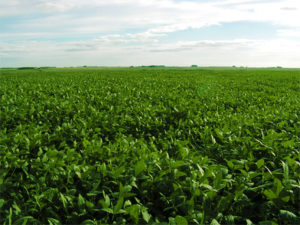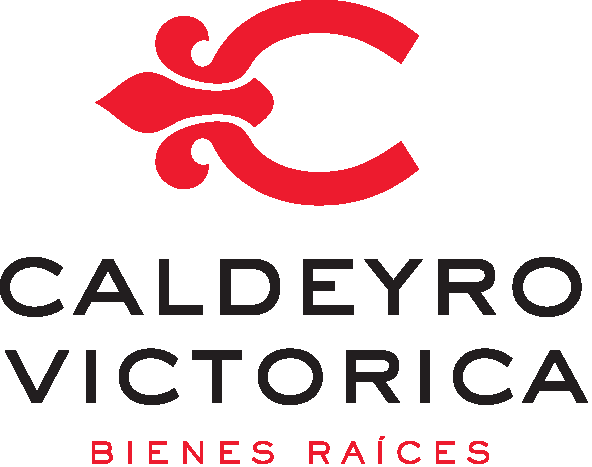The average value per hectare increased but the area sold fell by more than 50 %
 Despite the global downward trend in the price of the main commodities of the country, the price of land in Uruguay accelerated and continued to grow in 2014. Before this rise for twelfth consecutive year, the market responded with a decrease in the number of hectares (ha) traded, the steepest since records are available.
Despite the global downward trend in the price of the main commodities of the country, the price of land in Uruguay accelerated and continued to grow in 2014. Before this rise for twelfth consecutive year, the market responded with a decrease in the number of hectares (ha) traded, the steepest since records are available.
On the other hand, the views of market participants align with the behavior of the segment fields of over 500 ha, which lowered its price in the second half of last year, following strong increases in the first half of 2014.
Last year, the average price of a rural property was US $ 3,934 per hectare -11.8% above the value of 2013-, according to data released by the Directorate Agricultural Statistics (DIEA) comprising a record of all concretized operations with 10 or more ha. The rise cut streak decline that had been producing for two years after the increase of only 1.3% in 2013 and 8.7% in the previous year.
Thus, the marked boost in the price of land led the surface sold to fall 51.9% last year. The decrease occurred in 17 of the 18 departments without considering Montevideo. Only in Rio Negro increased acreage sold (7.9%), although the price there rose in the year above average 22.3% -in the hectare, according to the processed data was noted by the Economic Analysis Unit of El Observador.
Cerro Largo, Artigas and Salto were the three departments which grew further the value of the fields (46.5%, 41.1% and 34.4% yoy, respectively), while in the opposite sidewalk, the sharpest falls were in Tacuarembo -the department with cheaper-earth value (-31.5%), Rivera (-23%) and Florida (-9.6%). Moreover, the most productive land -and thus, traded at higher price-per hectare- belong to the department of Soriano, with a value of US $ 6,695 average per ha; San Jose (US $ 6,667 per ha) and Rio Negro (US $ 6,264 per ha).
Meanwhile, according to the National Institute of Colonization (INC), relieving the price behavior of rural properties over 500 ha, while last year started with a sharp increase in the price of land -31.6% in the first six months- in the period July to December fell 3.9% was observed in value over the same period of 2013. This deterioration in the second half of the year is in line with the views of the different market players polled by El Observador.
Expectation downward
Market players consulted lands by El Observador disagree with numbers showing the work of DIEA on an increase of more than two digits in the average selling price per hectare last year. For operators, the values for the fields of over 500 ha that are offered by law INC priority to more accurately reflect what is happening in a market with “very few operations. “Businesses closed since last year and early this year are showing a decline in sales values in all cases”, said Sebastian da Silva, from Da Silva.
Agroinmuebles
He added that there is a price gap between what the owners pretend and what the market is willing to pay: around US $ 1,000 per ha. Hence part explain the fall in the level of operations.
In a similar vein, the operator Rodolfo Victorica, director of Caldeyro Victorica Real Estate, said that if an owner wants to sell must decrease their price expectations 5% to 10% from the value list. “The grains, meat and commodities in general have declined. That is reflected in the market”, he said.
The agents expect prices to continue to fall in the coming months, given the context of “difficulties” experienced by certain sectors of agriculture, such as agriculture.
In fact, some “large holders” of land have been forced to divest part of its holdings result of a decline in profit margins. “There is a substantial flow of Argentines (with fields in Uruguay) which are seeing an opportunity, due to the proximity of elections in Argentina. They are considering selling if conditions change in their country. This can give a boost to deal”, says Da Silva.
On the demand side, Victorica said that Uruguay remains an attractive and safe-to-invest-in-land country. In the first months of 2015 have arrived Swiss and German investors funds looking for business opportunities. “We leave behind the stage of price boom and now the market operates more stable and without much business”, he concluded.
E. Salaverria (@emiliaS88) y A.oyhenard (@andresoy31) para El Observador

